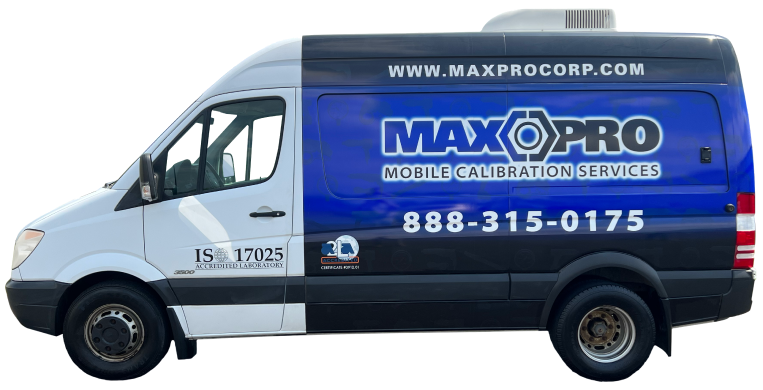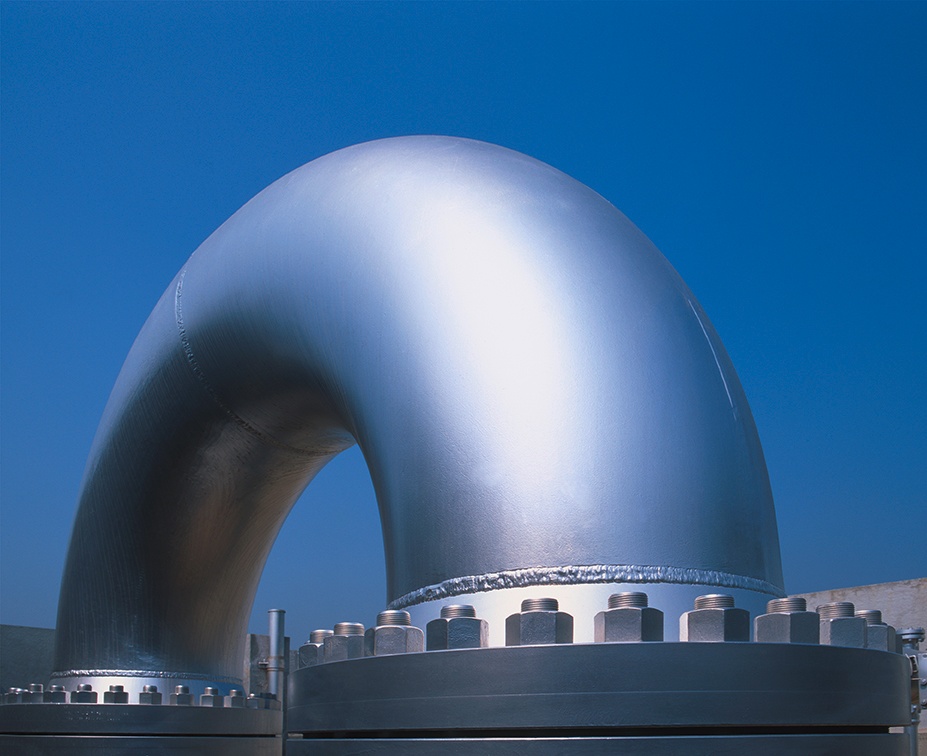
Following our series of blog posts that looked at different bolted joint tensioning methods, we’re now going to look at some bolt tightening verification techniques.
More specifically, we’re going to explore these techniques through the prism of non-destructive evaluation (NDE) technologies.
“NDE techniques have been used frequently in industry and research laboratories to evaluate structural components for internal stress or metallurgical conditions without interfering with the integrity of the material or its suitability for service,” write the authors of a 2016 Iowa State University study that looked at NDE and bolting techniques.
The researchers, part of a team at the university’s Institute for Transportation, looked at nine different NDE methods and determined only some of them were suitable for bolt-tightening verification techniques.
“For example, some methods use complex and expensive equipment that are normally used in a controlled laboratory environment, while other techniques were intended for a single specific purpose and may not be suitable as a general bolt stress inspection technique. More importantly, many reviewed NDE techniques appear to be simply not applicable to measuring bolt stress.
These are some of the NDE techniques the researchers examined, and their applicability to bolt tightening verification techniques.
 Ultrasonic
Ultrasonic
- Benefits – The most widely-accepted and commercially available method; convenient, easy to interpret; enhanced sensitive, only one-side access and minimum part preparation required
- Drawbacks – High sampling rate needed for improved accuracy; requires skill and training; reference standards often needed; roughness and surface finish can interfere with inspection
- Applicability – Yes
Strain-based
- Benefits – Various types of sensor available; shown to be accurate in other applications
- Drawbacks – Difficult to attach to a bolt
- Applicability – Yes
Piezo-resistive sensing
- Benefits – Easy implementation; based on resistant measurement; small circuit area; low frequency
- Drawbacks – Noise sensitive at low load
- Applicability – Yes
Acoustoelastic
- Benefits – This method can detect bolt damage and is suitable for automation
- Drawbacks – Requires a high rate of sampling, noise sensitive
- Applicability – Maybe
Electromagnetic
- Benefits – Some test probes require no direct contact with the part under inspection; spots detects on the surface/near-surface; suitable for automation; minimum part preparation
- Drawbacks – Limited depth of penetration; requires wire coils, as well as high skill and training; reference standards required for setup.
- Applicability – Maybe
Magnetic
- Benefits – Low cost; rapid inspection; suitable for automation
- Drawbacks – May require complex sensor electronics; surface preparation required
- Applicability – Maybe
Optical
- Benefits – Fast, remote
- Drawbacks – Heavy equipment required; limited to lab environments; noise/vibration sensitivity
- Applicability – Maybe
 Piezo-electric impedance
Piezo-electric impedance
- Benefits – Highly sensitive to local structural damage; large frequency bandwidth
- Drawbacks – Best suited for dynamic environments
- Applicability – Maybe
Radiography
- Benefits – Useful with virtually any material; high sensitivity and resolution; can inspect complex shapes without disassembly; minimum part preparation
- Drawbacks – Expensive; potential radiation hazards; comprehensive skill and training needed; access to both sides of parts typically required
- Applicability – No
Trust Maxpro for quality torque tools and calibration
Reliable bolt tightening verification techniques are important in many critical industries. So are reliable bolting tools. For 25 years, professionals in these industries have counted on Maxpro to provide them with these tools, along with accredited torque tool calibration. Contact us today to learn how we can assist you with your next application.






